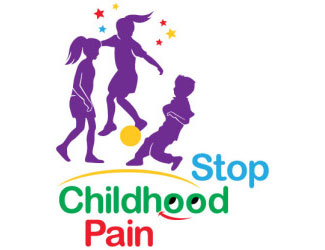What is postural orthostatic tachycardia syndrome (POTS) and is it related to amplified pain?
When you stand up suddenly there is a brief period of time that the blood flow to the brain is diminished and the heart rate increases to push more blood to the brain. It is common to feel a little dizzy when this happens. Children with POTS have an exaggerated response – they feel faint, dizzy and their heart rate increases at least 35 beats per minute over the rate when lying down (some authors say 45 beats in children). It typically affects adolescent girls and young women and tends to resolve with age. The standard treatment is to drink extra fluids and increase salt intake to increase the blood volume. Sometimes medications are used although recently it has been shown that doing cardiovascular conditioning exercises and core strengthening will reverse the symptoms. Some have argued that the manifestations of POTS are mostly due to deconditioning. We see children with amplified pain who have been diagnosed with POTS. The intense physical and occupational therapy program for amplified pain improves the POTS symptoms in these children.
POTS needs to be differentiated from conversion symptoms. Children can have conversion dizziness and other POTS-like conversion symptoms such as memory loss or cognitive difficulties.
1. Arnold AC, Okamoto LE, Diedrich A, et al. Low-dose propranolol and exercise capacity in postural tachycardia syndrome: a randomized study. Neurology 2013;80:1927-33.
2. Fu Q, Vangundy TB, Shibata S, Auchus RJ, Williams GH, Levine BD. Exercise training versus propranolol in the treatment of the postural orthostatic tachycardia syndrome. Hypertension 2011;58:167-75.
3. Joyner MJ. Exercise training in Postural Orthostatic Tachycardia syndrome: blocking the urge to block -receptors? Hypertension 2011;58:136-7.
4. Joyner MJ. Standing up for exercise: should deconditioning be medicalized? Journal of Physiology 2012;590:3413-4.
5. Singer W, Sletten DM, Opfer-Gehrking TL, Brands CK, Fischer PR, Low PA. Postural tachycardia in children and adolescents: what is abnormal? Journal of Pediatrics 2012;160:222-6.
6. Sukul D, Chelimsky TC, Chelimsky G. Pediatric autonomic testing: retrospective review of a large series. Clinical Pediatrics 2012;51:17-22.
